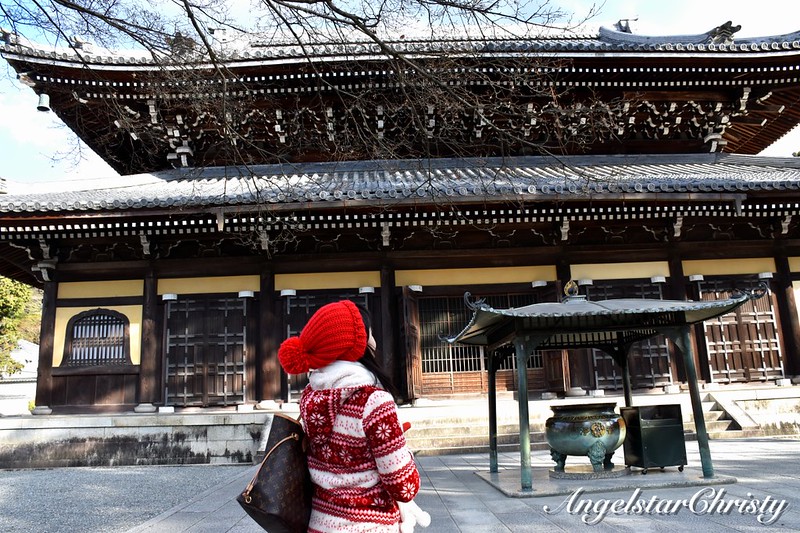
Temples are just everywhere in the ancient capital of Kyoto, and when one visits this charming city, it is just befitting that visiting the temples make up most of the itinerary.
There are just so many temples which are listed as landmarks that it can be quite difficult to choose from when deciding on the ones to visit, especially when time is constrained (which usually is the case when we are traveling).
If you are thinking that all the temples are the same, you are not entirely right.
The unique part about Kyoto; which is rich in both history and culture, is the fact diversity is the result of the amalgamation of both along with the stories and daily makes which shaped the charming city to what it is until this very day.
Each of the temples and shrines are distinctive in their own architecture, design, style, features and most of all, their histories which formed their distinguished personalities, though the thatched roofs, carvings and motifs may appear to be similar at a glance.
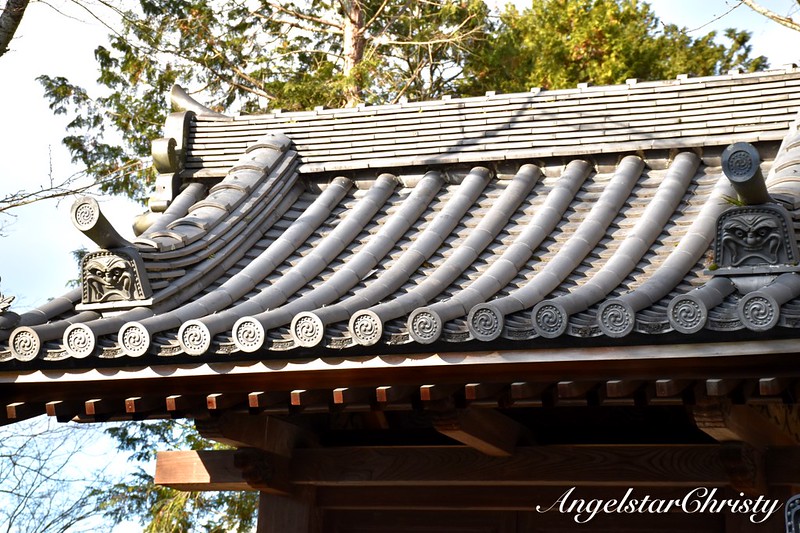
I will never be bored to visit these temples and I am game to even visit every single one of them, if time is on my side.
There is no end to the famous landmarks in Kyoto, and I personally would not rank them in order for I find each and every one of them just as exclusive as the other.
On the northern side of Higashiyama surrounded by the mountains and forests is the modest temple of Nanzenji (南禅寺).
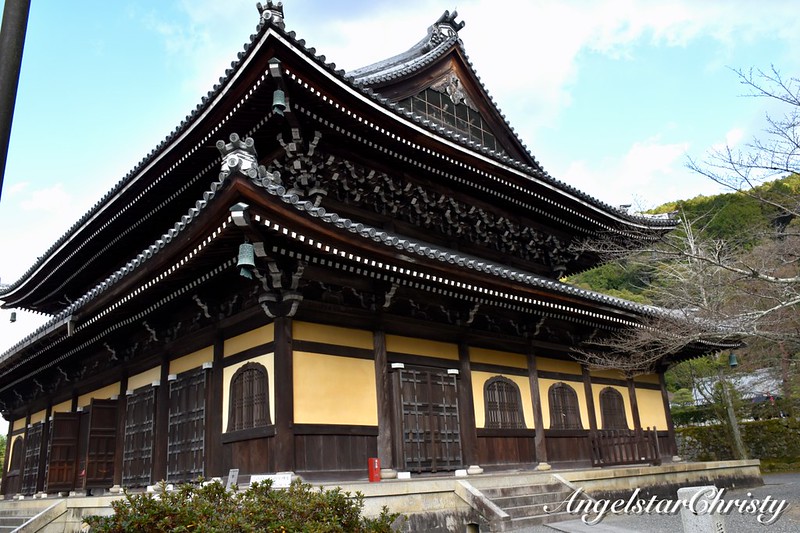
A famous temple in Kyoto centered on Zen Buddhism concept, Nanzenji covers the vast grounds in the area and the natural settings surrounded by the lush greenery lent to its remarkable scenery; making the precincts around the area nationally recognized historic sites as designated.
There are perhaps more Zen Buddhist temples than you could probably count with your fingers in Kyoto, or even in Japan; and while Nanzenji is not among the "Five Great Zen Temples of Kyoto", it is still one of the most important and picturesque temples and contributes to the Chinese-inspired (since modified) "Five Mountain System".
Nanzenji Temple is also the headquarters; or the head temple of Rinzai sect centering on the Japanese Zen Buddhism.
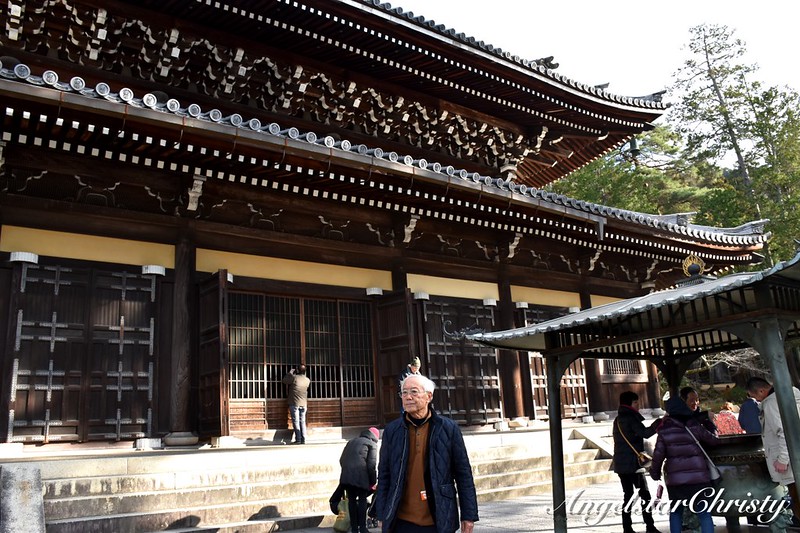
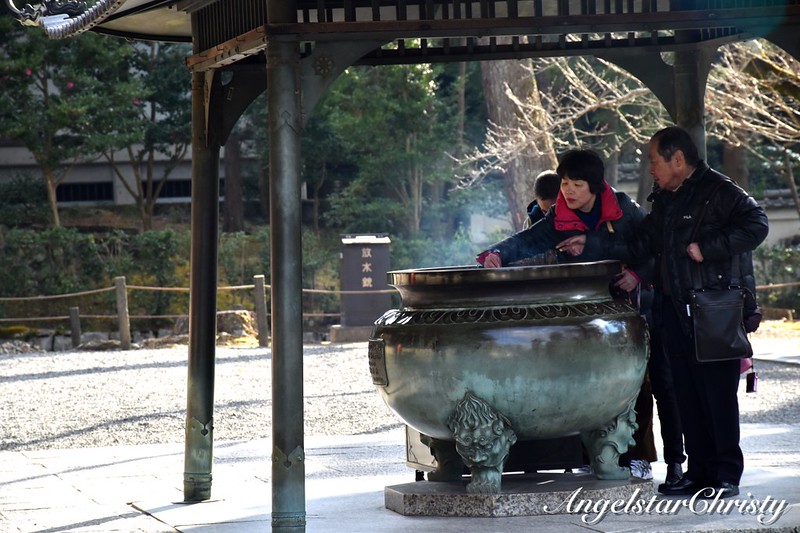
The temple has a long history dating back to its origins and is conferred the title of "The First Temple of the Land" based on the aforementioned "Five Mountain System".
There are many stories which surround the Nanzenji temple's origins, which was constructed on the instructions of Emperor Kameyama, on the grounds of where his former palace stood (since detached).
Like most of the other temples, it was originally meant to be a retirement villa which was then converted into a place of worship.
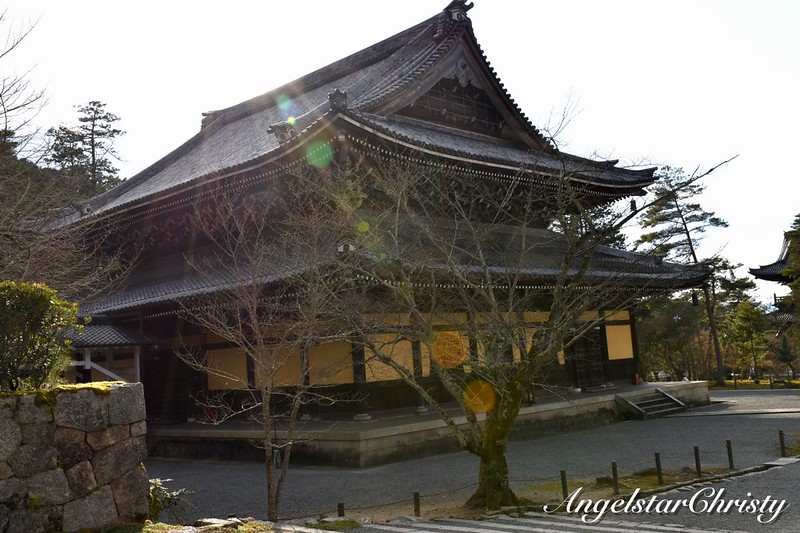
Legend has it that the emperor encountered weird happenings when he moved into the newly constructed retirement villa, and the entire residing royal family felt disturbed by the incidents which was linked to the supernatural.
From doors opening by themselves and unexplained presences on the premises, they were harassed and the discomfort just grew during their stay.
The disturbing events were causing so much unrest that a Buddhist priest was summoned to perform an exorcism and conduct prayers; to no avail.
It was then the emperor sought a Zen priest by the name of Fumon, and upon arrival, the priest took his seat and began his meditation; whereupon his completion, the ruckus had all disappeared.
Enthralled by the mystical powers of Zen, the emperor turned to adopt Zen practices and even offered half of the palace to Fumon to be made into a Zen teaching center and to teach the emperor himself about the concept.
The emperor even granted himself the title of The Grand Priest while studying under the guidance of Fumon.
Though it seemed like a favorable move, it was then during the time where Buddhism was of major importance and the emperor's move caused controversy and disputes which soon attracted hostilities from the Buddhist sect.
Zen was then viewed as a new influence which directly threatened the roots of Buddhism within the country.
Events follow where they are aimed to dispel the concept of Zen; leading to attacks on Nanzenji and the temple was even set on fire.
Nanzenji was targeted for it was regarded as the icon for the teachings of Zen, which epitomized on simplicity and common grounds; taught indiscriminately for people of all classes instead of just the nobles or elites and neither does it hold political agenda.
It was viewed as an immense threat and the arson was a clear demonstration and protest against the spread of the teachings.
It was not the only fire that Nanzenji faced; for the temple endured and survived another two rounds of fire; with the final total destruction during the Onin War in 1467.
It was only more than a century later that Nanzenji was completely rebuilt and restored; and its importance are owed to the lavish gifts presented by the affluent and influential groups in the country where the Nanzenji finally rose as one of the most important Zen Buddhist temples in the whole of Kyoto and Japan.
Nanzenji sits on a vast land and is home to many sub-temples on its ground alongside the main temple.
The most prominent feature is the Sanmon Gate which greets visitors upon arrival at the main entrance to the temple.
It is also among the largest temple gates in the country.
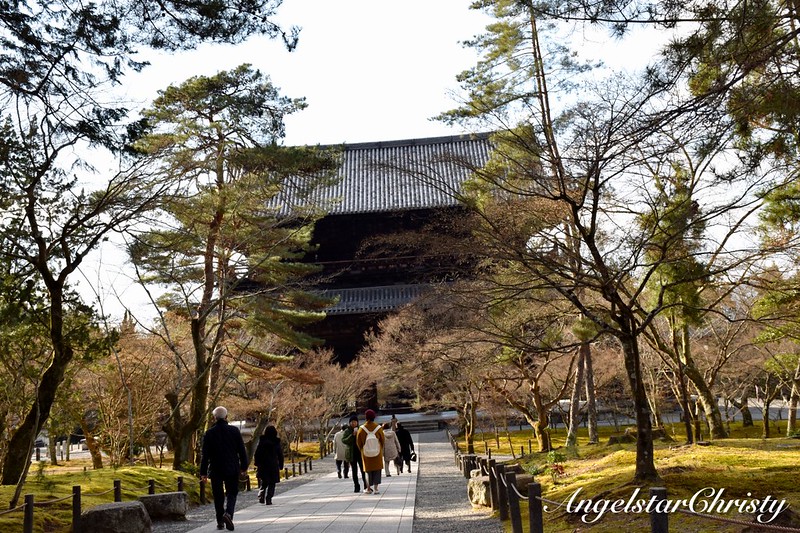
Literally meaning "Three Gates", the gate are majestically designed where there are three opening portals permitting entry and are the representations of the paths of liberty in the teachings of Zen Buddhism.
On both sides of the grand gate are also steep staircases leading to the upper deck of the gate which offers a view of the grounds and the gardens surrounding the temple.
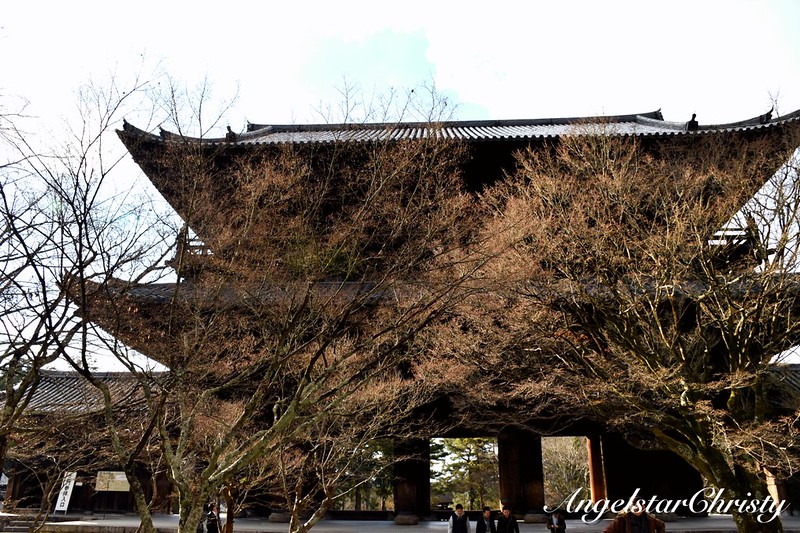
The solid wood which makes up the Sanmon Gate displays a darkened shade; a clear sign of its time in existence as it gives way to its natural aging process, though beautifully so, evident in its rich shade further enhancing the physical appearance of the gate.
There are many sub-temples within the grounds, and while the entrance to the main temple of Nanzenji is free, there are charges imposed for the entry to the other temples on the grounds.

The Hojo is a central visitor complex which holds a number of historic treasures and was also formerly where the priest Fumon resides; is also one of the landmarks within the premises and the surrounding Hojo Gardens is definitely worth a mention for its picturesque setting amidst the natural landscape sizes up to it being named A Place of Scenic Beauty.
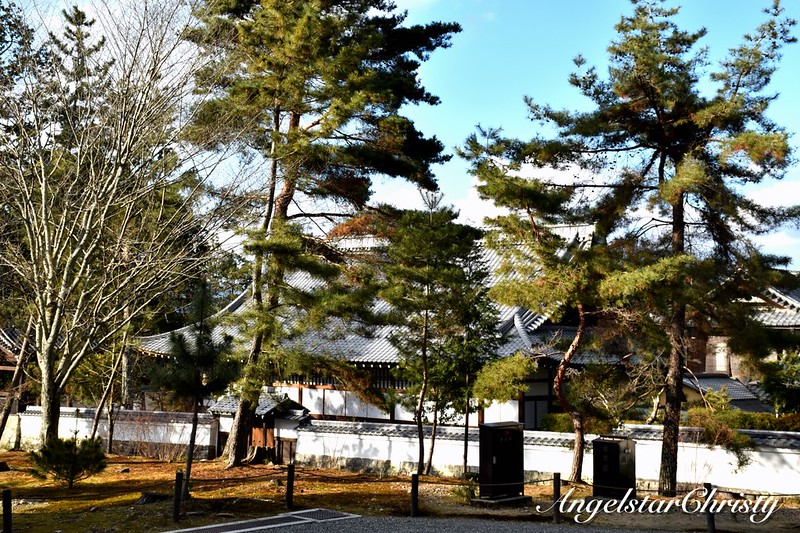
It is indeed befitting of the concept of Zen within a temple where it all supposedly began its introduction into the country for everything; from the natural environment to the overall design, the historical background and that indistinct sense of tranquility which form the whole picture and setting of peace and harmony to put one's mind to ease.
It is all calm and serene and I felt relaxed, enjoying my tour around the temple grounds, reveling in the nature's sounds and sights which greets my eyes.
Sounds of gushing water, soft chirping of the birds as they return home, the subtle swish of the tree leaves as they are touched gently by the breeze are just perfect for my moment of solitude.
A unique though perhaps oddly striking sight is an aqueduct which runs through the temple grounds, but somehow blends in quite fittingly with the atmosphere and is just part of the ornament surrounding the simplicity of the temple.
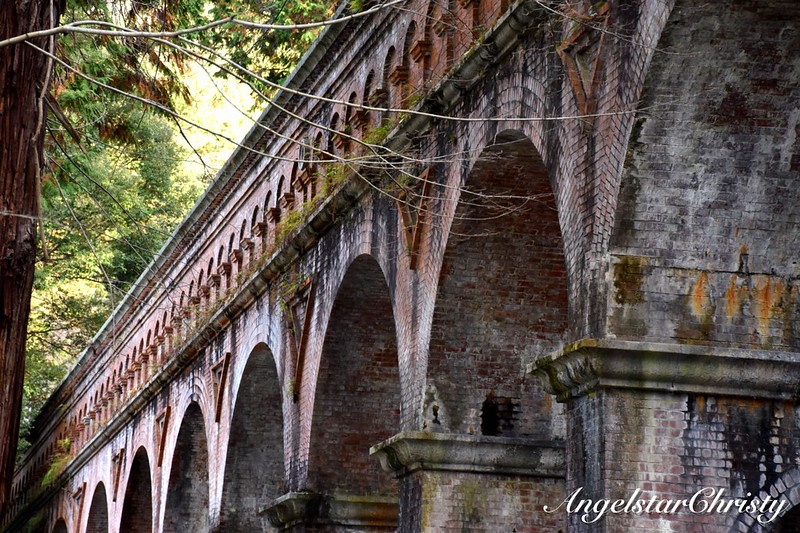
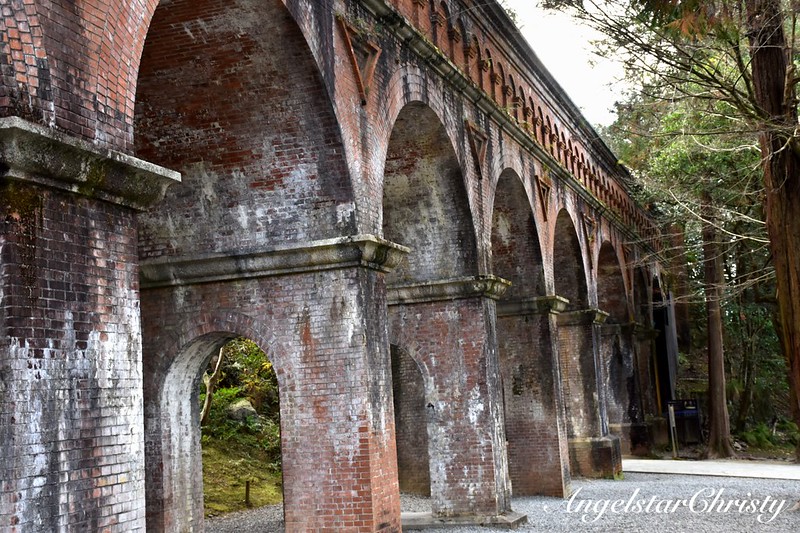
I feel lost here; lost in my own thoughts and the sense of peace that fills my soul yet that feeling of inner calm just seems to settle as though on its own turf.
If this is what being lost feels like, I would not mind to be lost in my own sense; lost in the sounds of tranquility and the solitude of my thoughts.
It is all very Zen-like, don't you think?
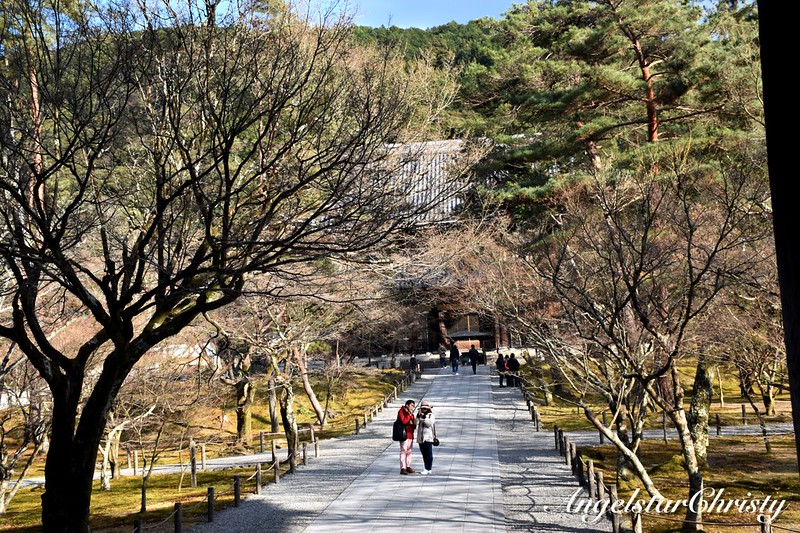

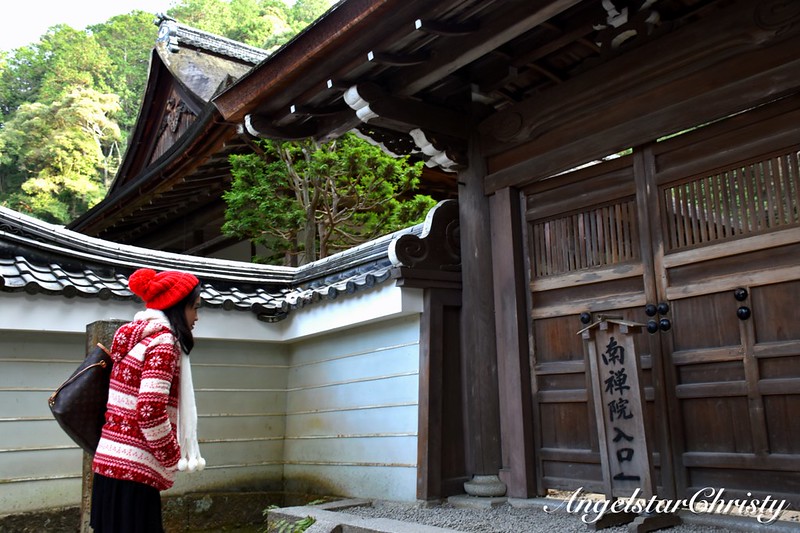
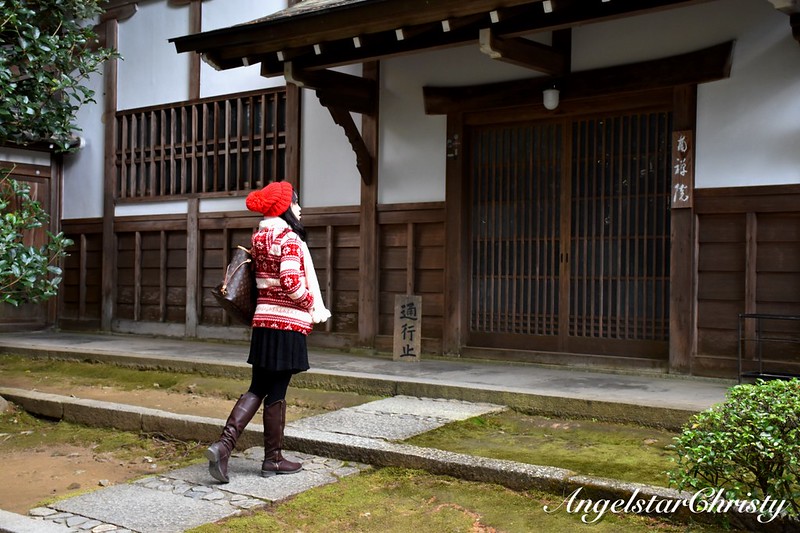
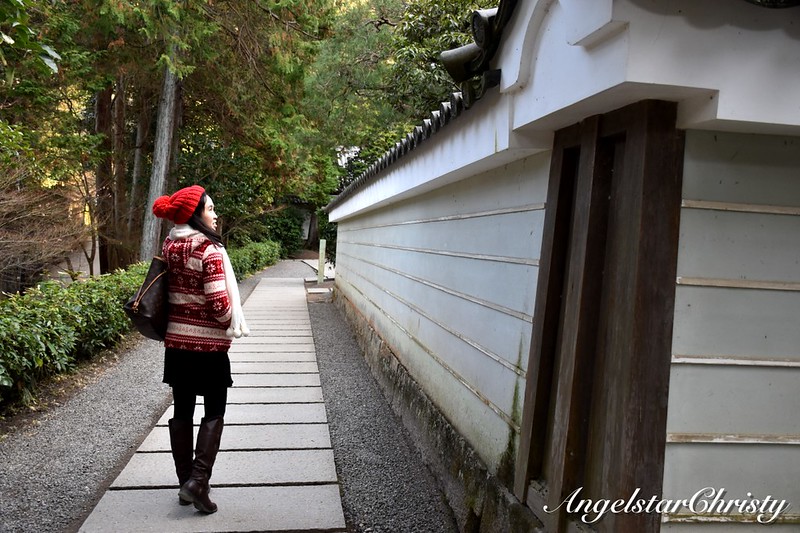
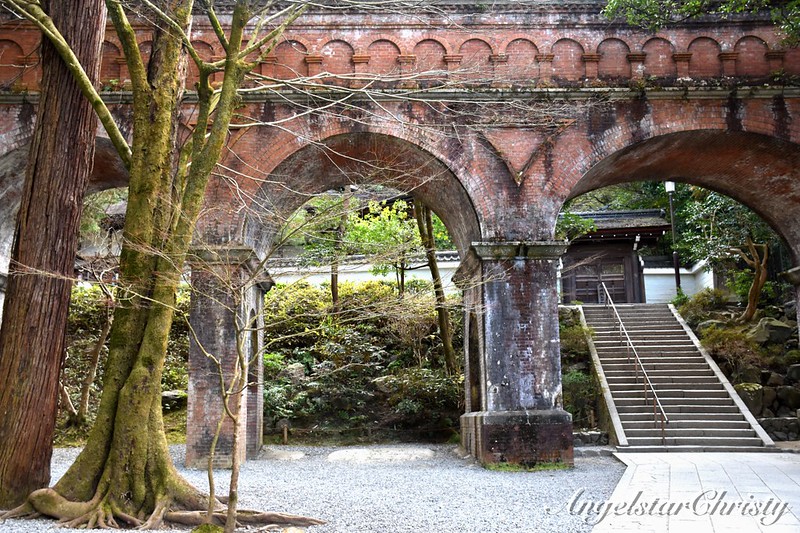
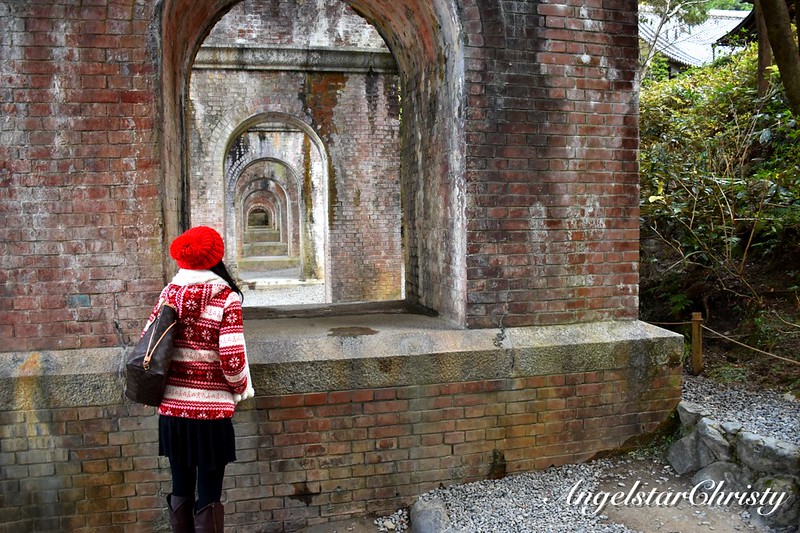
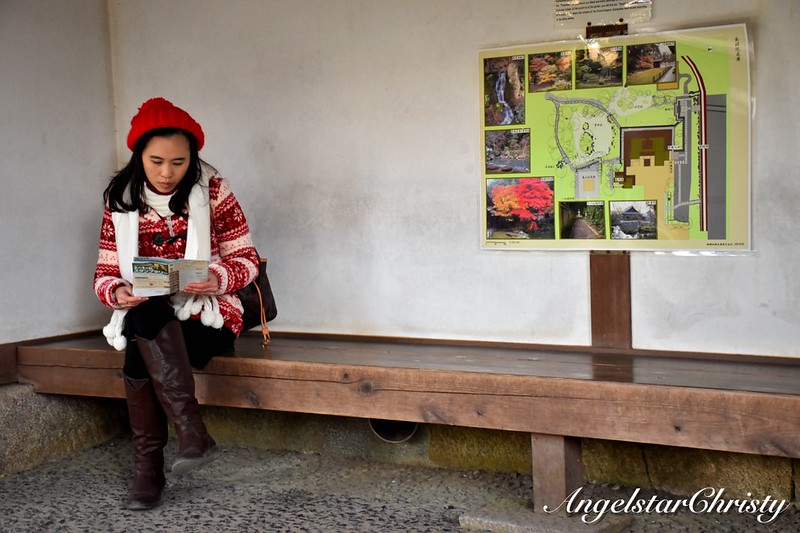
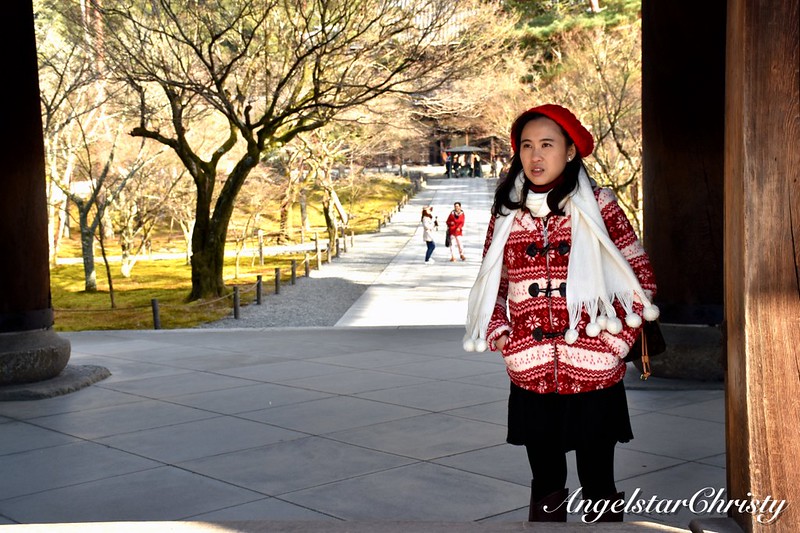
Information:
Nanzenji Temple
Address: Nanzenji Fukuchicho, Sakyo Ward, Kyoto, Kyoto Perfecture 606-8435, Japan
Opening Hours: 8.40am - 5.30pm (Gate closes 20 minutes before closing time)
Admission Fees: Free entrance but entrance for the individual sub-temples are charged separately.
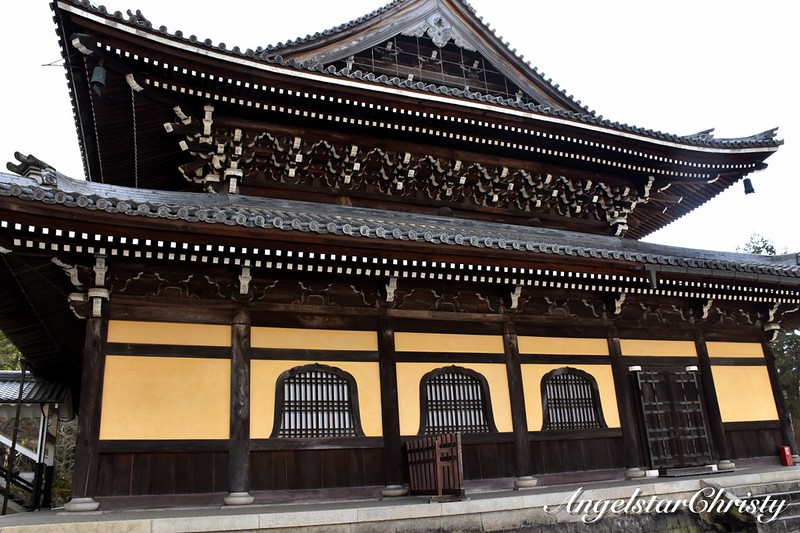

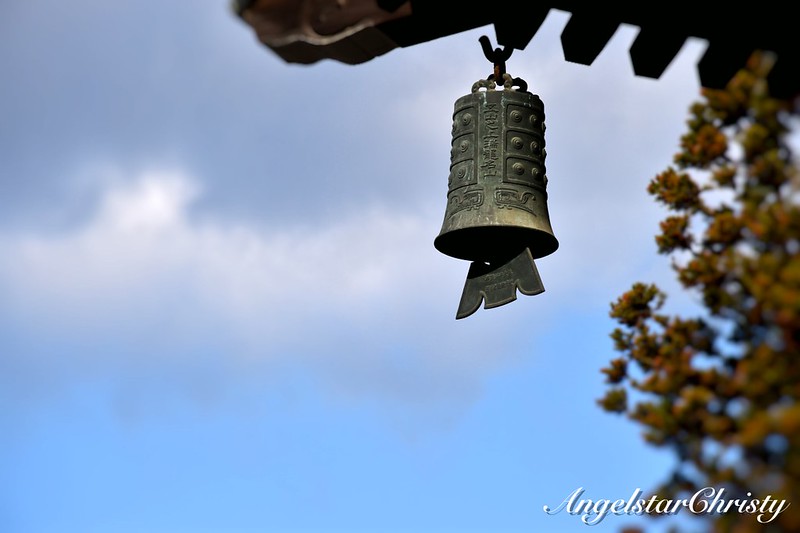
You do not have to agree with me.
Art Direction and Photography Styling by Me.
Photos/Videos all belong to me and are copyrighted.
Please kindly ask for permission if you need to use any of my images.
Check out my Pinterest @Angelstarc
Follow me on my live updates on my life, happening on SNAPCHAT @angelstarchrist



0 comments